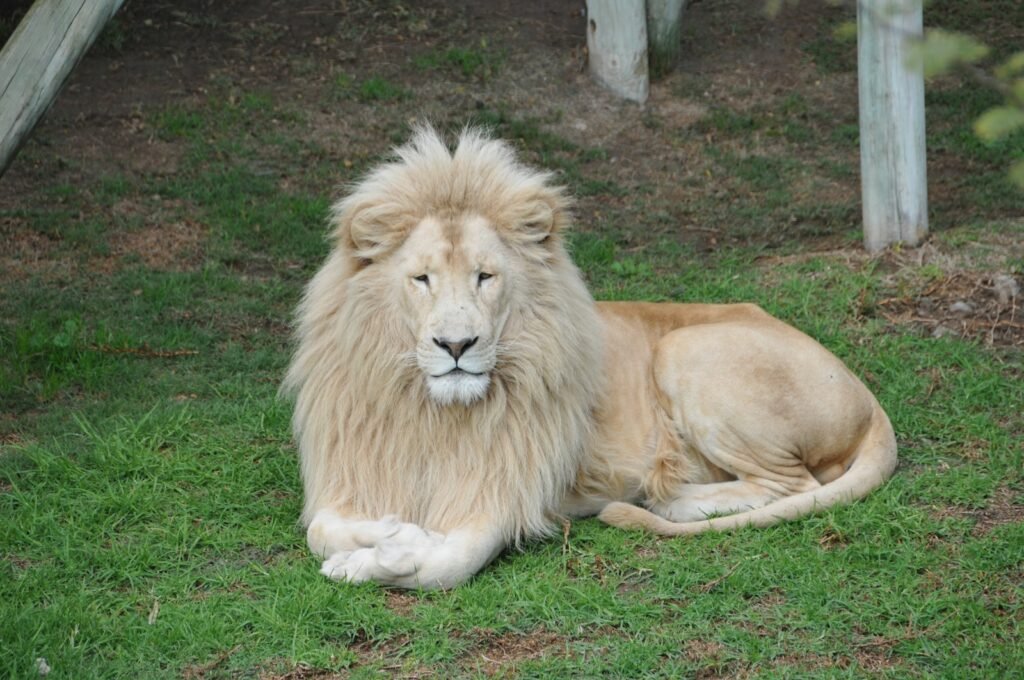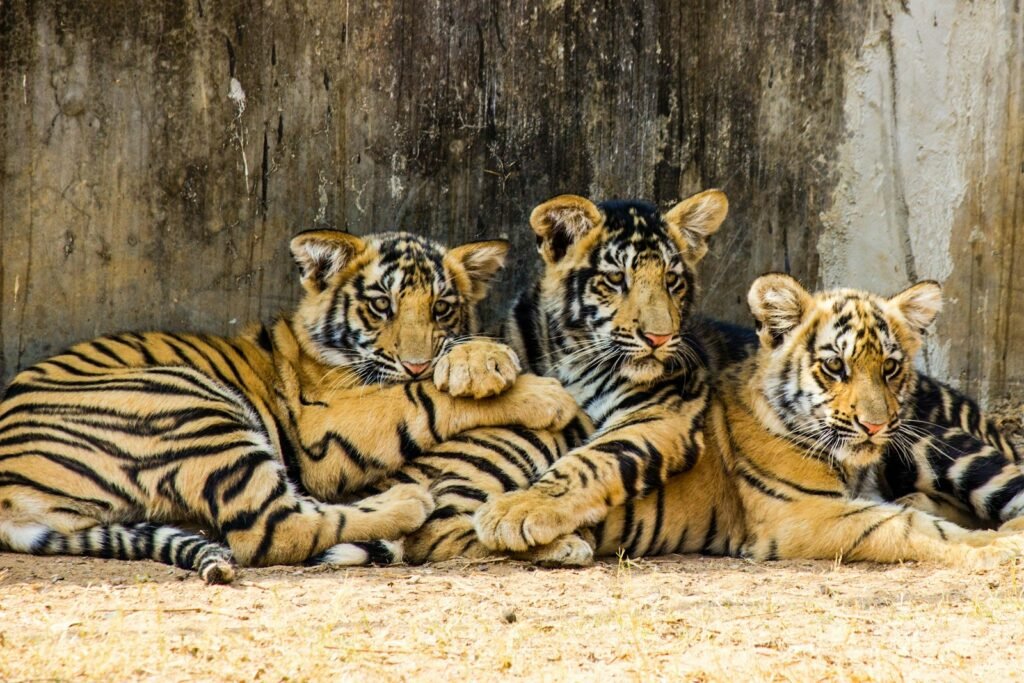Big cats are some of the most fascinating creatures on our planet, capturing the imaginations of people across generations. This group includes species like lions, tigers, leopards, jaguars, cheetahs, and snow leopards, each exhibiting unique characteristics while sharing some common traits. In this article, we dive into the world of big cats and explore six ways in which they differ from one another in the wild.
Habitat Differences

The habitat of big cats plays a significant role in shaping their behaviors and adaptations. Tigers, for instance, are primarily found in the dense forests of Asia, where their striped coats provide excellent camouflage. Lions, conversely, inhabit the savannas of Africa, living in open plains that require different strategies for hunting and socialization. Snow leopards, as their name suggests, are adapted to cold mountain environments, unlike cheetahs, which prefer open grasslands.
Physical Appearance and Adaptations

Each big cat possesses distinct physical traits tailored to their ecological niches. Tigers are known for their powerful bodies and long, retractable claws, enabling them to take down large prey. Cheetahs, meanwhile, are built for speed, with a slender body, long legs, and a non-retractable claw system to maintain grip at high speeds. Lions are recognizable by their majestic manes, a feature primarily found in males and often associated with social status and attraction.
Diet and Hunting Techniques

The hunting methods and diets of big cats vary significantly. Cheetahs rely on speed and stealth to catch fast-moving prey like gazelles. Jaguars, native to Central and South America, are known for their powerful jaws that can crush skulls, allowing them to prey on caimans and other reptiles. Lions typically hunt in groups, making them more efficient in bringing down larger animals such as buffalo and zebras.
Social Structures and Behavior

Social structures among big cats can also vary. Lions are famously social, living in prides that consist of related females, their offspring, and a small number of adult males. This is contrary to tigers and leopards, which are solitary animals, only coming together for mating. Cheetahs have a unique social structure where males can form small groups, known as coalitions, often consisting of brothers, to hunt together.
Communication Styles

Communication among big cats is another area where differences are evident. Lions are known for their impressive roars, which can be heard over long distances and are used to communicate within prides or assert territorial dominance. In contrast, snow leopards rely more on visual cues and scent marks due to the challenging terrains they inhabit which render vocal communication less effective. Cheetahs, on the other hand, use a wide range of vocalizations from chirps to purrs to communicate with their cubs and other cheetahs.
Conservation Status and Efforts

The conservation status of big cats varies greatly across species due to differences in threats and habitat ranges. Tigers are critically endangered, with habitat loss and poaching as significant threats. Conservation efforts focus on anti-poaching patrolling and habitat restoration. Snow leopards face similar threats, largely due to climate change and human-wildlife conflict. The cheetah’s decline is driven by habitat loss and genetic limitations, and conservationists are working to address these issues through habitat preservation and breeding programs.
Geographical Distribution

The geographical distribution of big cats is another factor that sets them apart. Lions were once found across Africa and parts of Asia but are now largely limited to Sub-Saharan Africa and a small population in India’s Gir Forest. Tigers were once widespread across Asia but are now confined to small pockets in countries like India, Russia, and Indonesia. Cheetahs are primarily found in eastern and southern Africa, though isolated populations exist in Iran.
Reproductive Behavior

Reproductive behaviors among big cats also differ significantly. Lions have no specific breeding season, with females giving birth approximately every two years. Females often synchronize births within a pride to increase cub survival rates. Tigers have a gestation period of about three to four months, and cubs stay with their mother for up to two years. Cheetahs typically have litters of three to five cubs, with a gestation period of about three months, but cub mortality is high due to predation.
Conclusion: Celebrating Diversity Among Big Cats

Big cats are a testament to the wonders of evolution, each species beautifully adapted to its environment and way of life. While they share some similarities, their differences in habitat, physical traits, social behavior, and conservation status highlight the diversity of life on Earth. Understanding these distinctions is key to appreciating and conserving these majestic animals that continue to captivate people around the world.

Growing up traveling and experiencing new cultures and wonders, I have had a passion for nature, adventuring, photography, and videography. I am currently working towards a BSc in Biodiversity and Ecology at Stellenbosch University, and I hope to specialise in Marine Sciences one day.
Please send any feedback to Feedback@animalsaroundtheglobe.com






